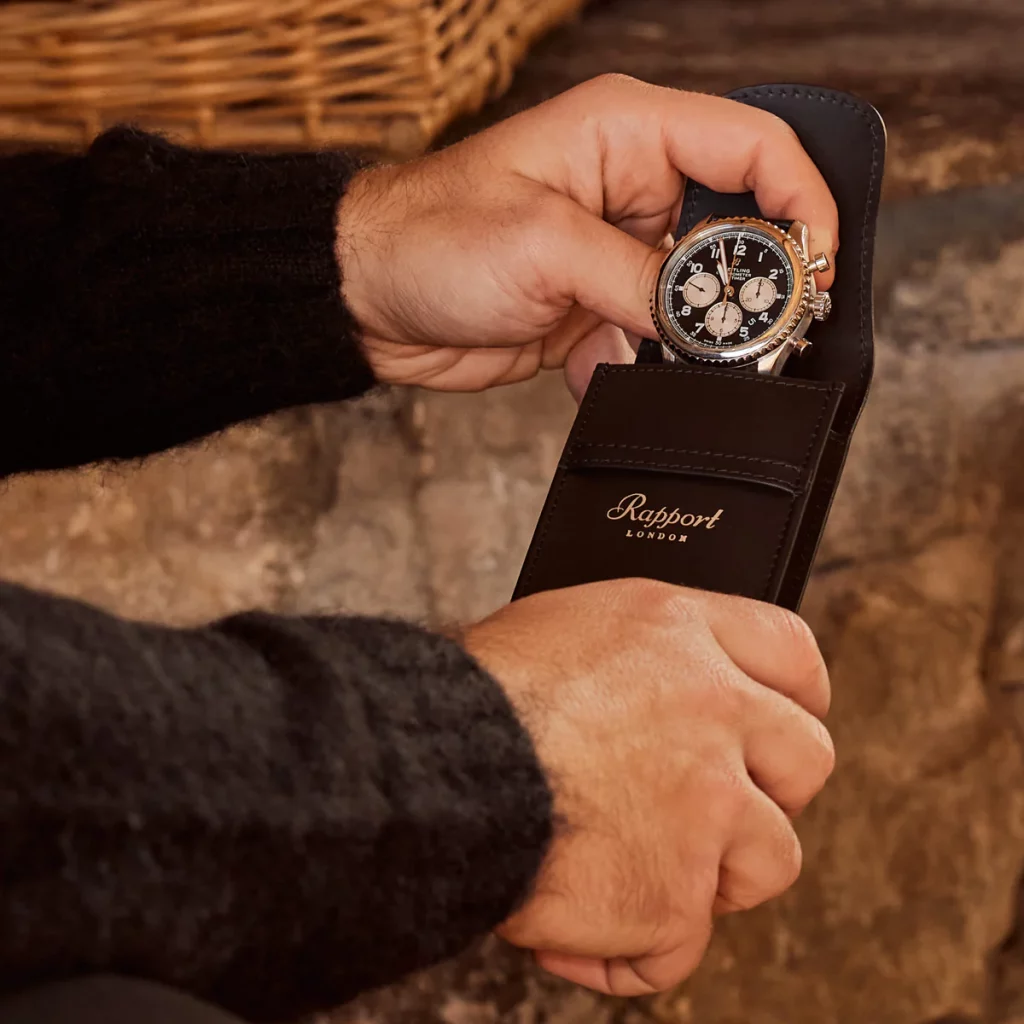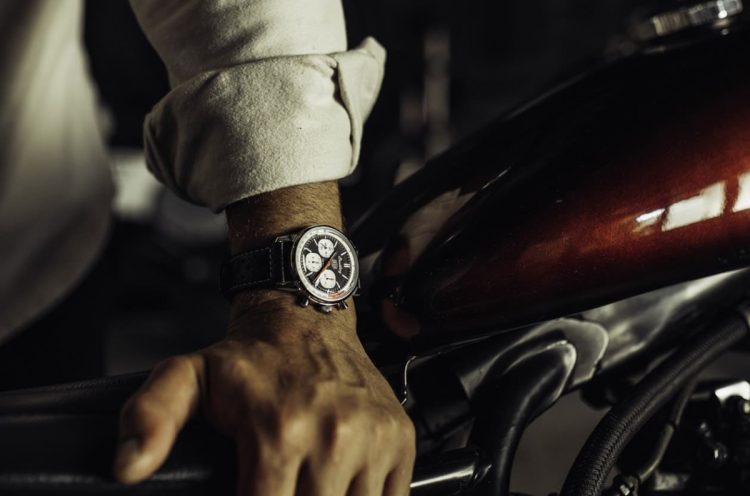Luxury watches are not just tools for keeping time; they are powerful symbols of social status, identity, and prestige. The role of a luxury timepiece goes far beyond its mechanical functions, as it reflects the wearer’s success, tastes, and values. Over the years, these watches have become more than just accessories; they are statements—indicators of wealth, sophistication, and distinction. In this article, we will explore how luxury watches have evolved to become essential components of personal identity, and how they influence and reflect the wearer’s social standing.
1. The Evolution of Luxury Watches as Status Symbols
Watches have always had an inherent connection to status and prestige. From the days of early pocket watches to the modern era of sleek, mechanical timepieces, owning a luxury watch has signified more than just having a tool to track time. The Swiss watch industry, particularly, has long been associated with the epitome of craftsmanship, precision, and exclusivity.
In the early 20th century, watches from renowned brands like Rolex, Patek Philippe, and Audemars Piguet were marketed as the ultimate symbols of success. These watches weren’t just functional timepieces; they were intended to communicate the owner’s social class, wealth, and taste. The craftsmanship, the materials, and the complexity of the movements all contributed to the exclusivity of these timepieces, positioning them as elite objects of desire.
a. The Watch as a Milestone of Achievement
Many luxury watches, such as Rolex and Patek Philippe, became linked with significant life milestones, such as professional success, marriage, or retirement. Receiving a Rolex, for example, has long been seen as an affirmation of achievement in a professional or personal sphere. These watches were prized possessions, often passed down through generations, further strengthening their connection to family legacy and social standing.
For wealthy individuals and high achievers, purchasing or receiving a luxury watch was often part of a larger journey to define one’s identity. These timepieces acted as markers of success, signaling that the wearer had reached a certain level of wealth or accomplishment.
2. Social Status and Exclusivity: Limited Editions and Rare Pieces
One of the primary reasons luxury watches are associated with high social standing is their inherent exclusivity. High-end watchmakers often release limited edition models and exclusive collections, which are deliberately created to be rare and difficult to obtain. These limited releases drive up the desirability of the watch and its perception as an item of prestige.
a. The Role of Rarity in Social Significance
Rarity is a key driver of value in the luxury watch market. The scarcity of certain timepieces makes them highly coveted among those who wish to display their wealth and access to exclusive products. Owning a watch that is limited in number, such as the Rolex Daytona or a Patek Philippe Grand Complication, signals that the wearer is part of an elite group—those who can afford the rarest and finest.
The idea of owning something others cannot easily obtain creates an even stronger connection between the watch and social status. A limited edition watch is not just a timepiece; it becomes a symbol of privilege, showcasing that the wearer is not only wealthy but also part of a select group with the knowledge and taste to appreciate such rarities.
3. Luxury Watches as a Reflection of Personal Identity
Beyond their association with wealth, luxury watches also serve as reflections of personal identity. The choice of a watch says a great deal about a person’s taste, values, and lifestyle. Whether it is a high-performance sports watch, a classic dress watch, or a sophisticated dive watch, the type of luxury watch a person wears speaks volumes about their personality and aspirations.
a. Brand as a Statement of Identity
Just as fashion choices communicate aspects of a person’s identity, the luxury watch a person selects can convey a great deal about their lifestyle and preferences. For example, wearing a Patek Philippe often signifies an appreciation for heritage, craftsmanship, and timeless elegance. On the other hand, sporting a Rolex may suggest a preference for achievement, performance, and a highly visible, iconic symbol of success.
The brand identity behind a luxury watch can define how the wearer is perceived by others. For example, wearing a Richard Mille or a Audemars Piguet Royal Oak Offshore signals not only wealth but also a certain boldness and an appreciation for avant-garde design. The wearer may want to be perceived as someone with a distinctive taste or someone who values technological innovation in watchmaking.
b. A Reflection of Lifestyle Choices
For many, the choice of a luxury watch is not just about status but also about aligning with a particular lifestyle. Some luxury brands, like Omega and Tag Heuer, are closely associated with the world of sports and adventure. These watches may be worn by individuals who view themselves as active, dynamic, and adventurous, aligning their timepieces with their personal aspirations.
For others, a vintage or heritage watch may represent a more classic and sophisticated identity. The watch acts as an expression of a desire to be connected to a past era, as well as to signify refined taste and patience—a willingness to appreciate things that are timeless rather than chasing fleeting trends.

4. The Psychological Power of Luxury Watches: Conspicuous Consumption
The concept of conspicuous consumption—the act of purchasing and displaying expensive items to publicly demonstrate wealth—has long been associated with luxury goods, including watches. For many consumers, luxury watches are a form of social signaling. Owning and wearing a high-end watch is a way to communicate one’s success to others, whether that’s through the brand, the design, or the sheer price tag of the timepiece.
a. The Visible Symbol of Success
Unlike other luxury items, such as cars or homes, a watch is often a more personal, yet still highly visible, accessory. It is worn on the wrist and, therefore, easily seen by others. This visibility means that wearing a luxury watch provides a constant reminder to the wearer and those around them of their success and status.
The act of wearing an expensive, well-known brand can function as a social tool, signifying that the wearer belongs to an exclusive social group. This is especially important in societies where social status is often tied to visible markers of success. Luxury watches become tools of social distinction, marking the wearer as someone who has “made it” or who possesses the right amount of cultural capital to appreciate the finer things in life.
5. Luxury Watches and the Globalization of Social Status
The luxury watch market has expanded significantly in recent decades, particularly in emerging markets in Asia, the Middle East, and Russia. In these regions, the desire for luxury timepieces has grown as globalization has made access to these watches more widespread.
In these new markets, the social significance of a luxury watch is amplified. For many consumers, owning a high-end Swiss watch is a powerful way to signal that they are part of the global elite, aligning their status with other wealthy consumers around the world. The act of purchasing an exclusive watch often goes beyond personal taste; it is a statement of aspiration to join an international community of the wealthy and successful.
a. Cultural Influence and Watch Preferences
Interestingly, the type of luxury watch worn can vary significantly based on the cultural context of the region. In Asia, for instance, watches are often seen as symbols of family legacy and prestige, and Patek Philippe watches are particularly prized for their longevity and value retention. In contrast, in markets like the United States or Europe, watches from brands like Rolex or Omega are more likely to be seen as symbols of achievement and performance.
These cultural differences further reflect the idea that luxury watches are not just about wealth but are intricately linked to social norms, values, and the unique ways that different societies define status.
6. Conclusion: Luxury Watches as Enduring Symbols of Social Status
Luxury watches have transcended their function as simple tools for telling time and evolved into powerful symbols of social status, identity, and aspiration. The cultural and historical significance embedded in brands like Rolex, Patek Philippe, and Audemars Piguet has created a world where wearing a luxury watch is as much about self-expression as it is about social signaling. These timepieces offer more than just prestige; they allow the wearer to project their personal identity, to align themselves with a legacy, and to define their place within society.
The continued desire for luxury watches speaks to the human need for recognition and the symbolic importance of visible markers of success. Whether through their association with heritage, exclusivity, or lifestyle, luxury watches will continue to be key instruments for shaping and reflecting social status and identity in an ever-changing world.





































